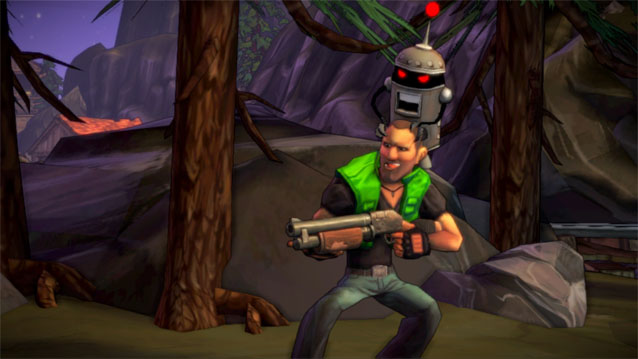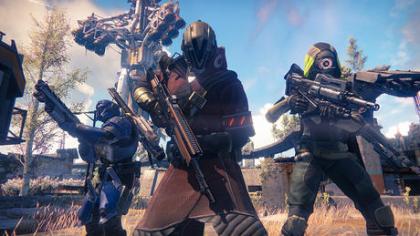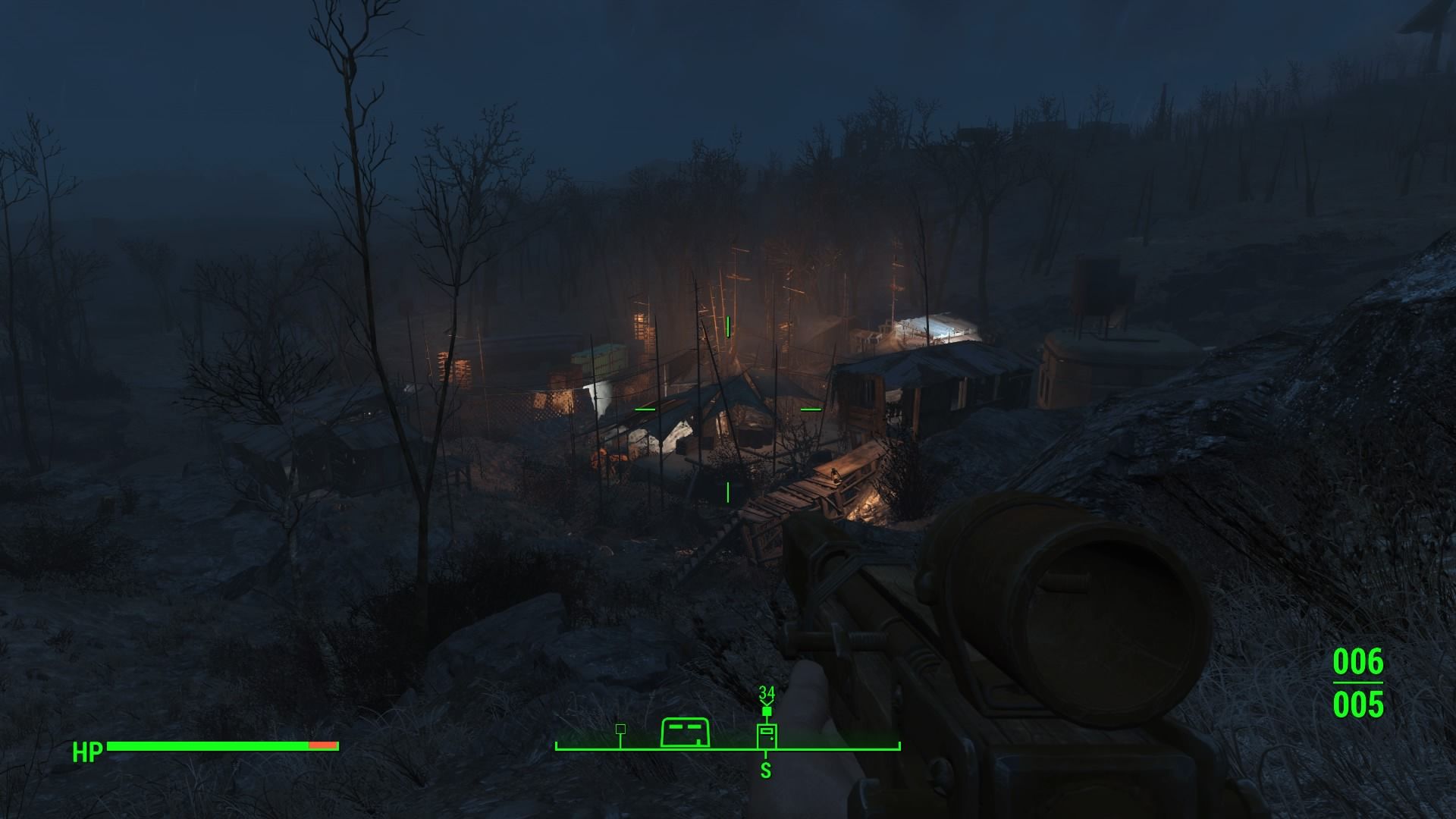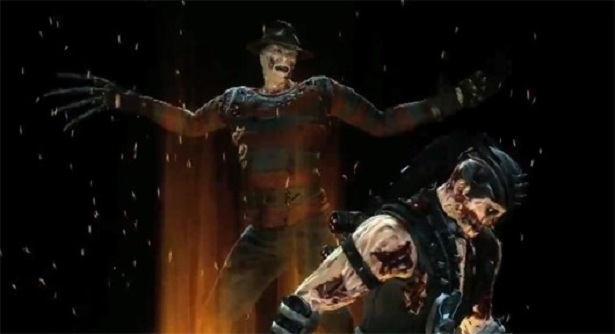

Game Rant’s Robert Keyes reviews Bodycount
In an era when every few weeks a new first-person shooter is released, gamers find themselves eager for something fresh, different and innovative. Codemasters and developer Guildford Studio have attempted to do just that with Bodycount, the spiritual successor of sorts to Black – the stylized shooter for the PS2 and Xbox that earned critical praise for its presentation and destructive gameplay.
Does Bodycount deliver a new and innovative shooter that succeeds Black and offers the overcrowded genre a breath of fresh air? Read our review to find out.
From a mechanical standpoint, Bodycount is a competent shooter, but outside of shooting, the title does little for players looking to purchase a game before the fall release season hits the industry hard. An inexplicable campaign with no story, no characters and repetitive gameplay, combined with a tacked on multiplayer mode make Bodycount a forgettable shooter that does nothing to stand out from the pack.
The devoid story of Bodycount follows a speechless and faceless soldier who works as an operative of The Network, an organization that sends the player back and forth across Africa and Asia for the sake of changing the color palette of the environments, doing the same thing over and over again, often in the same re-used locales. That’s the whole story, minus a little twist in the plot which won’t mean anything to players.
Carrying up to two weapons at a time, with new weapons added to the arsenal as missions are completed, Bodycount is about shooting and doing lots of it. Players are also armed with grenades, mines and four abilities that can be upgraded and replenished by collecting “intel,” in the form of orbs, off of dead enemies. Think Fable or Crackdown, but without a significant payoff.
Bodycount was touted as being a high-paced, forget-about-cover, destructive shooter and it does deliver on these specific promises – to a certain extent. The game remains true to its arcade roots through its presentation and gameplay mechanics but, in the end, pretends to be something it is not.
During missions, players are encouraged to dispatch enemies by performing special kills, through the use of explosions, headshots, backstabbing, shooting through cover, etc. consecutively, thereby earning a points multiplier. The multiplier however, does little to affect gameplay as it builds, outside of increasing the amount of intel collected off downed foes. It also does not change the outcome of what the player earns at the end of a mission since there is no depth or player choice when it comes to the limited abilities and their respective upgrades. Instead, the game harshly judges players upon completion with a score based on how many skilled kills were earned during the mission and the grades typically end up low upon first playthrough, but no matter the grade, nothing really changes. The weapons unlock at pre-determined stages of the game, giving no valid incentive to try again in ‘Bodycount Mode’ for a better grade unless you’re a fan of the ever-exciting leaderboard.
The game’s key marketing point, ‘Shredding,’ also doesn’t fully deliver on the destruction and mayhem the game needs to keep players invested. Instead, most environments are limited in destructiveness and where there are great opportunities for heavy weapons to bring down walls and/or structures, there are either indestructible objects or more fragile obstacles that often do not react in proportion to the damage being dealt. These limitations unfortunately outweigh the occasional fun of landing a grenade toss, successfully planting a mine or shooting the sweet spot in an enclosed area, creating a little, personal display of fireworks in and around enemy combatants.
For a game that preaches and encourages the generous use of large amounts of ammunition, more could be done with ripping apart cover. The feel, sound and weight of the guns is one of the better parts of Bodycount but the game does not follow its own rules in destructibility – and weak objects that should be breakable, are instead indestructible.
In each mission, Bodycount pits players against hordes of generic enemies who are severely lacking in AI and variety. The lack of polish in this regard is only made worse by odd music cue changes, random textures highlighting as if they’re something in-game of note, and occasional invisible walls, not to mention a boss who vanishes due to an error during the first confrontation which forced a replay of the entire area (maybe that only happened with us).
The game features several enemy factions, differentiated by their visual aesthetic and weaponry. Enemies are class-based but outside of the heavy class of baddie, there is only one boss in the game, with two confrontations that are total letdowns. The boss battles, like the rest of the game, fail to deliver any standout moments worth remembering and the game’s limited and unbalanced arsenal of weaponry will force players to stick with one or two weapons once unlocked.
To its credit, Bodycount is able to place players in legitimate shootout situations where unlike Call of Duty run-and-gun style FPS titles, players are forced to use cover and trade fire back and forth. The cover mechanic works well if there is enough usable cover to utilize, but the actual gun battles (though extremely repetitive) are the highlight of the game.
Players who stick with it will find Bodycount very challenging, even on normal difficulty, often dying during gun battles where enemies spawned in convenient locations to flank the player. While the challenge itself is refreshing in a sense, the punishment of having to start from the very beginning of the area is frustrating and unnecessary. Checkpoint saves occur in the most inopportune times and not when they could be useful to the player.
Like the lacking single player campaign, Bodycount’s multiplayer offerings are extremely generic and uninventive, offering nothing that existing games already offer and in most cases, offer better. There are only deathmatch, team deathmatch and a co-op modes against waves of enemies. It’s mostly a slog but, like the single player campaign, players can mix-up the gameplay with their abilities as well as collect intel to purchase better weapons.
The bigger issue with the game’s multiplayer offerings however, is that they aren’t very “multi” due to a nonexistent online community. Players who mistakenly purchase Bodycount, hoping for a new and different online experience will find themselves waiting in empty lobbies or, if lucky, in a 1v1 or 2v2 match.
Bodycount is a one day rental for hardcore lovers of the FPS genre at best and would better make for a $10-15 downloadable that instead focuses on letting a few friends play through the game’s 17 missions together cooperatively, which could (should) have been made into 5-6 missions.
Bodycount is currently available for the PS3 and Xbox 360.
–
Follow me on Twitter @rob_keyes.




 The Witcher 3 Monster Guide: How to Easily Beat the Hym
The Witcher 3 Monster Guide: How to Easily Beat the Hym How to get Destiny Blink of an Eye Trophy / Achievement for PS4 Xbox One
How to get Destiny Blink of an Eye Trophy / Achievement for PS4 Xbox One Fallout 4: Butchers Bill 2 walkthrough
Fallout 4: Butchers Bill 2 walkthrough Freddy Krueger Kombatant Guide
Freddy Krueger Kombatant Guide How to get more Grand Theft Auto V Cash, Buy property and Stock Market and more, Tips and Tricks Guide
How to get more Grand Theft Auto V Cash, Buy property and Stock Market and more, Tips and Tricks Guide